Civil Engineering Interview Questions and Answers
Civil Engineering Interview Questions and Answers
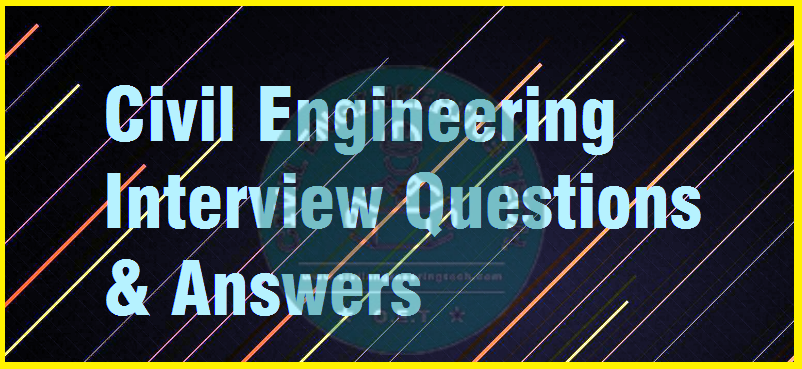
Civil Engineering Interview Questions and Answers
When Almost companies hire the civil engineers candidate for construction work 1st they will examine u and when u go for the civil engineer interview at that time the interviewer will ask you the couple of question for the position 1st. U should be aware from the basic question. Civil Engineering Interview Questions and Answers.

Q – What is the civil engineering?
Ans – It is the professional engineering discipline that deals with the construction, design and maintenance of built environment, including public works for example roads, dams, bridges, buildings, canals, airports, sewerage systems, pipes & railways etc.
Q – What are the different departments of the civil engineering?
Ans – The departments of the civil engineering are given:
- Structural engineering.
- Geotechnical engineering.
- Environmental engineering.
- Water resource engineering.
- Material science engineering.
- Coastal engineering.
- Transportation engineering.
- Urban infrastructure.
- Construction management.
- Architectural engineering.
- Railway engineering.
- Fluid Mechanical.
Q – Which software are used in the civil engineering?
Ans – The software used in the civil engineering are:
- AutoCAD.
- 3DS max.
- Prime Vera.
- SAP 2000.
- Microsoft project (word, Excel and PowerPoint etc.)
- Storm CAD.
- Revit.
- Eagle point.
- ETABS.
- MX Road.
Learn More
Q – Tell us the formula for calculating the unit weight of the steel?
Ans – D2 / 162.162
Q – What is the slump test?
Ans – On the construction site the slump test is used to measure the workability of the concrete & it is measured by using the slump cone. On the site, for high slump value, the water-cement ratio must be high. While for low slump value, the water-cement ratio is low.
Q – Tell us about workability of the concrete?
Ans – Workability means the ease of the placing and compacting concrete. Water cement ratio is the directly proportional to the workability and inversely proportional to their strength.
Q – What is the density of the steel?
Ans – The density of the steel is 7850 Kg / m3.
Q – What is unit weight of the cement?
Ans: The unit weight of the cement is 145 lb / ft3.
Q – Tell us about the beam?
Ans – Beam is the structural member used to resist the applied load. Generally, beam is used to resist shear force, vertical load & bending moment. Beam is horizontal element which is imposed on end points between walls, columns, pillars, foundations etc. In the past, beams were square, timber, metals, stone combination of the timber and metal for example filth beam. Beams are used to carry vertical load. Beam is the flexible member which can resist the compression & tension force.
Q – What is the minimum number of bars used in circular column?
Ans – There can be the minimum of six bars used in circular column.
Q – Tell us what is absorption of the brick?
Ans – Bricks should not absorb more than twenty % of the water, when it is immersed in water for at least one day or Twenty four hours.
Q – Can water damage concrete?
Ans: Yes! Water is damage concrete. The defects that water induced in the concrete are given below:
- Water reduces the strength of the concrete.
- Water reduces the permeability for the further water seepage.
- It reduces the durability.
Q – what is Difference between QA and QC?
Ans – QA stands for the quality assurance, the activities designed to confirm that the development process & maintenance process is good to confirm the system will meet its objective.
QC stands for the quality control, the activities designed to evaluate the developed work product.
Q – Does the brick grow every year?
Ans – No! bricks do not grow every year. It grows because of stuff that gets all over the bricks. that’s why its look like it grows every year.
Q – Please Tell us about the purpose of the gap in the road on the bridge?
Ans: When the temperature changes, it contract or expand. In winter it contracts while in summer it expands. These contract & expand results to damage or deformation to road.
Q – What is honey comb in the concrete?
Ans – The Honey comb is actually the voids or air pocks in the concrete.
Q – What is distance between railway tracks?
Ans: The distance between railway track is four feet.
Q – Why the pressure increases under the soil?
Ans – Soil pressure increases because of the its self–weight. The pressure of the soil is directly proportional to the depth of the soil.
Q – Name Of the structures which is subjected to the fatigue?
Ans – The structures which is subjected to the fatigue are,
- Bridges.
- Hydraulic presses.
- Burner trains.
Q – What is the gravity flow?
Ans – When the fluid is the flowing due to the force gravity but not on applied pressure is known as gravity flow.
Q – What is the Kip?
Ans – One Kip is equal to the 1000 ponds.
Q – What is the aggregate?
Ans: Composite material used to resist the compressive stress. Aggregates are classified in two main types:
- Fine Aggregate.
- Coarse Aggregate.
Q – Tell us about the soil reinforcement?
Ans – Soil reinforcement are used to improve soil strength & have ability to support more load.
Q – What is the world largest concrete dam?
Ans – The world largest concrete dam is the Grand coulee dam.
Q – What is the minimum number of the bars used in rectangular or square column?
Ans – Eight minimum number of the bars can be used in rectangular or square column.
Q – What is the minimum grade of the concrete used in RCC work?
Ans – The minimum M20 grade of the concrete is used in RCC Work.
Q – What is the size of the brick?
Ans – The standard size of this brick is 19 x Nine x 9 cm.
Q – What are the numbers of the brick required per One cubic meter (m3)?
Ans: One cubic meter (m3) contains 500 numbers of the brick.

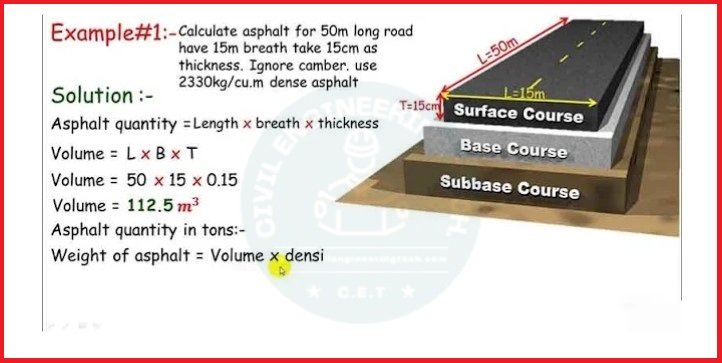
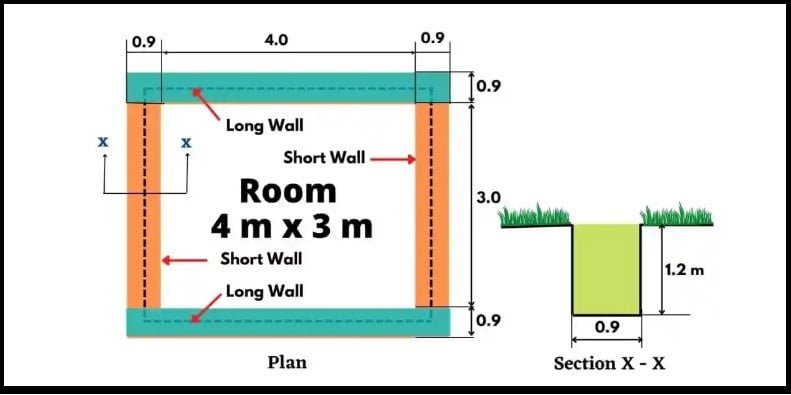

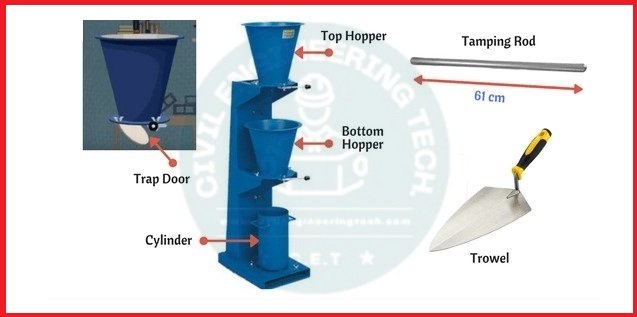
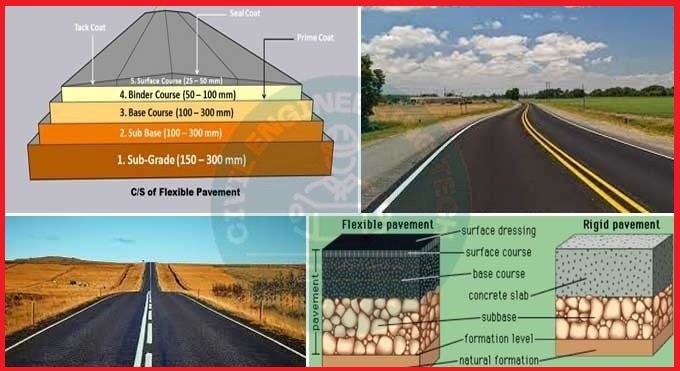
2 Comments